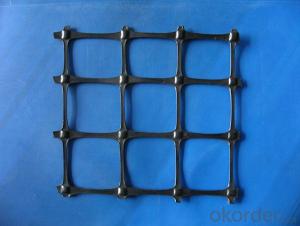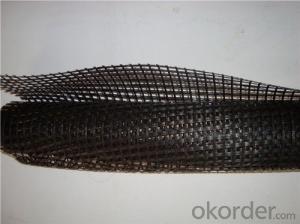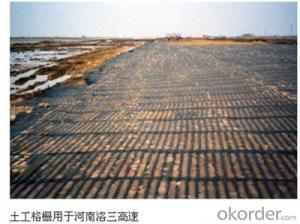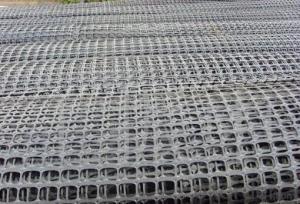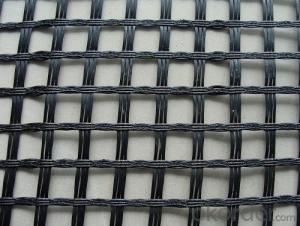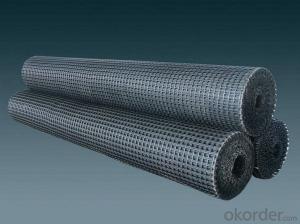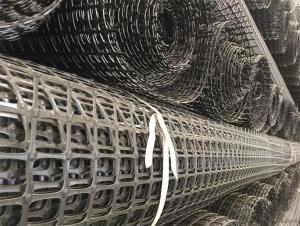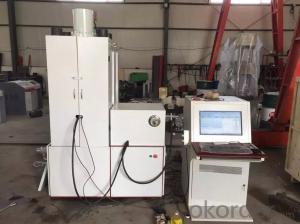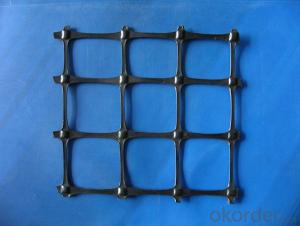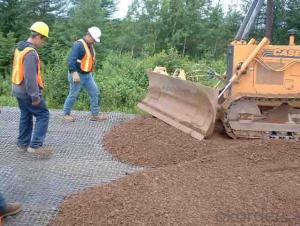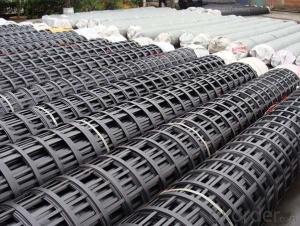Tx160 Triaxial Geogrid
Tx160 Triaxial Geogrid Related Searches
Fridge With Freezer On Bottom Driveway Pillars With Lights Blu Ray Player With Recorder Blu Ray Player With Internet Geogrid In Retaining Walls 1708 Biaxial Fiberglass Tape Pullout Resistance Of Geogrid Geogrid Warp Knitting Machine Srw 3 Series Geogrid Biaxial Plastic GeogridHot Searches
Fiberglass Scaffolding For Sale Fiberglass Panels For Sale Fiberglass Greenhouses For Sale Geogrid Fabric For Sale Gas Powered Core Aerator For Sale Revolution 4 Propeller For Sale Alabaster Carving Stone For Sale Geogrid For Sale Near Me Tensar Geogrid For Sale Geogrid For Sale Ex Display Log Cabins For Sale Photoelectric Cells For Sale Athletic Lockers For Sale Cubicle Partitions For Sale Stearman Propeller For Sale Palram Greenhouses For Sale Gumbo Bowls For Sale Suzuki Propellers For Sale Freight Crates For Sale Outhouse Sheds For SaleTx160 Triaxial Geogrid Supplier & Manufacturer from China
Okorder.com is a professional Tx160 Triaxial Geogrid supplier & manufacturer, offers integrated one-stop services including real-time quoting and online cargo tracking. We are funded by CNBM Group, a Fortune 500 enterprise and the largest Tx160 Triaxial Geogrid firm in China.Hot Products
FAQ
- Classification and characteristics of geogrids
- The geogrid is divided into four categories: fiberglass geogrid, steel plastic geogrid, polyester geogrid and plastic geogrid
- Yes, geogrids are suitable for use in saline environments. Geogrids are made from synthetic materials that are resistant to corrosion and degradation caused by saline conditions. They have been specifically designed to withstand the harsh conditions of saline environments, making them an appropriate choice for applications such as coastal erosion control or saltwater containment.
- Geogrids offer several benefits in construction projects. Firstly, they provide increased stability and reinforcement to soil structures, enhancing their load-bearing capacity. This can reduce the need for excessive excavation and the use of additional materials, leading to cost savings. Geogrids also prevent soil erosion by distributing forces more evenly, reducing the risk of slope failures or surface damages. Furthermore, they improve the longevity and durability of structures by minimizing settlement and lateral movement. Overall, geogrids are an effective and sustainable solution that improve the performance and efficiency of construction projects.
- Geogrids improve the performance of geocomposites by adding tensile strength and stabilization to the overall structure. They enhance the load-bearing capacity and reduce deformation, effectively reinforcing the geocomposite system.
- Yes, geogrids can be used in temporary construction platforms for heavy equipment. Geogrids are strong and durable, providing stability and reinforcement to the ground. They can distribute the weight of heavy equipment, prevent soil erosion, and improve load-bearing capacity, making them suitable for temporary construction platforms.
- What is the role of Geogrid
- 4, geogrid used to reduce the thickness of cushion, save cost.5, the geogrid can effectively isolate the seismic force transfer, and to enhance the seismic stiffness, strength and stability of the embankment has an important role
- Yes, geogrids can be used in slope stabilization. Geogrids are commonly used in slope stabilization projects as they provide reinforcement and enhance the stability of soil and slopes. They help distribute loads, increase soil shear strength, and prevent soil erosion. Geogrids are effective in stabilizing slopes and preventing landslides, making them a suitable solution for slope stabilization.
- Yes, geogrids are suitable for use in ground reinforcement for agricultural facilities. Geogrids provide effective soil stabilization, erosion control, and load-bearing capabilities, making them ideal for reinforcing agricultural areas such as access roads, parking lots, and storage areas. They help distribute the load evenly, prevent soil compaction, and improve overall drainage, resulting in increased durability and longevity of the facilities.











